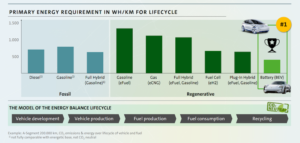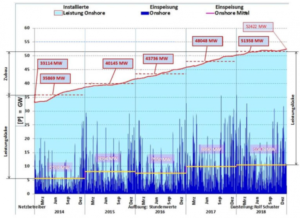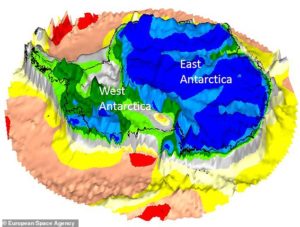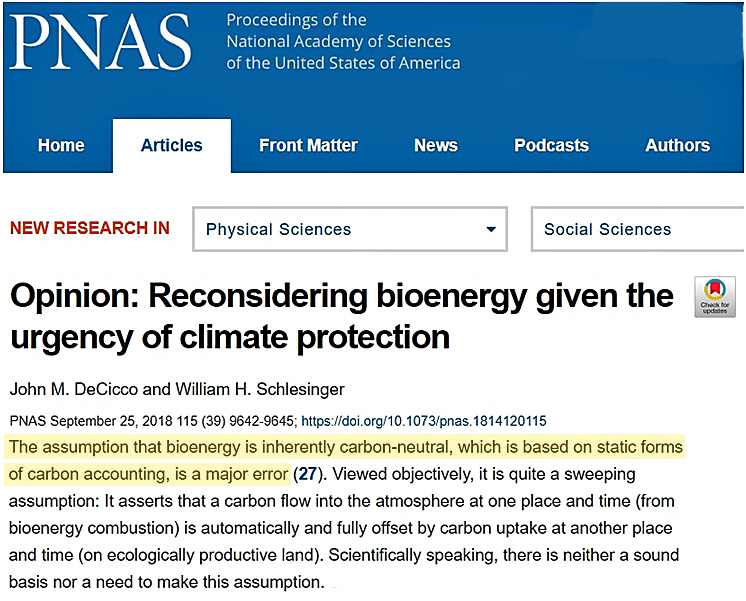by Olivier Daniélo, 2 avril 2019 in Reporterre
Il y a urgence à agir pour réduire les émissions de CO2. La marche et le vélo sont certes préférables à la voiture particulière. Mais parmi les différents types de voitures, quelle est la solution la plus efficace pour réduire les émissions de CO2 ?
Il existe un indicateur particulièrement intéressant pour tenter d’y répondre : la quantité d’énergie consommée pour réaliser par exemple 200.000 kilomètres. Energie non seulement pour propulser la voiture, mais aussi pour fabriquer la voiture elle-même et extraire dans les mines les matières premières nécessaires. Le bilan carbone est bien entendu corrélé au bilan énergétique. Les experts du groupe Volkswagen (VW) ont fait le calcul et ont présenté les résultats le 12 mars 2019 à l’occasion de la conférence de presse annuelle de ce mastodonte dont les décisions influencent l’industrie automobile mondiale.

Verdict : la voiture aux carburants synthétiques (eFuel et eCNG) consomme trois fois plus d’énergie primaire que la voiture électrique. Et celle à l’hydrogène, 1,7 fois plus. Ces 70 % supplémentaires représentent un impact à la fois économique et carbonique. La fabrication de la pile à combustible et du réservoir capable de résister à une pression de 700 atmosphères est énergivore. La voiture à hydrogène la plus vendue au monde (quelques milliers d’exemplaires) pèse 1.850 kg, soit 3 kilos de plus que la Tesla Model 3 Long Range (100 % batterie), qui a la même autonomie. Mais, c’est surtout le mauvais rendement de la chaîne hydrogène qui plombe le bilan global.
…



 …
…
